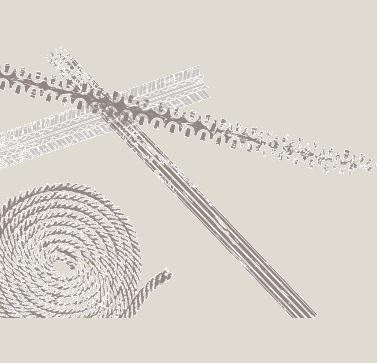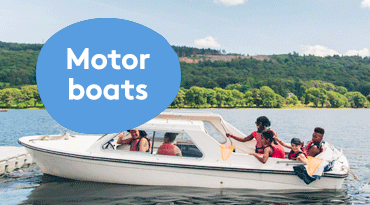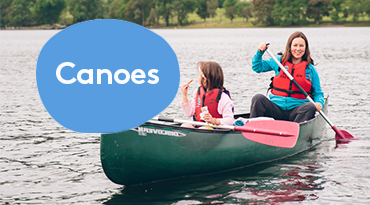Safety tips
Coniston Water is a great lake for all sorts of watersports. Here are some great tips to enjoy yourself safely:
Boating on the lakes
The Lake District has more than 16 lakes, numerous tarns plus a 26 mile stretch of coastline. There are plenty of opportunities to go rowing, sailing and boating - here you'll find information about boat hire, boat cruises, lake byelaws and safety on boats.
On this page:
- Boat hire
- Coniston Boating Centre
- Steamers and boat cruises
- Lake Maps for water users
- Lake District Coast
- Boating Safety
On this section you can also access information via our pages, from Lake Byelaw enforcement, to Windermere boat registration,and Bassenthwaite permits.
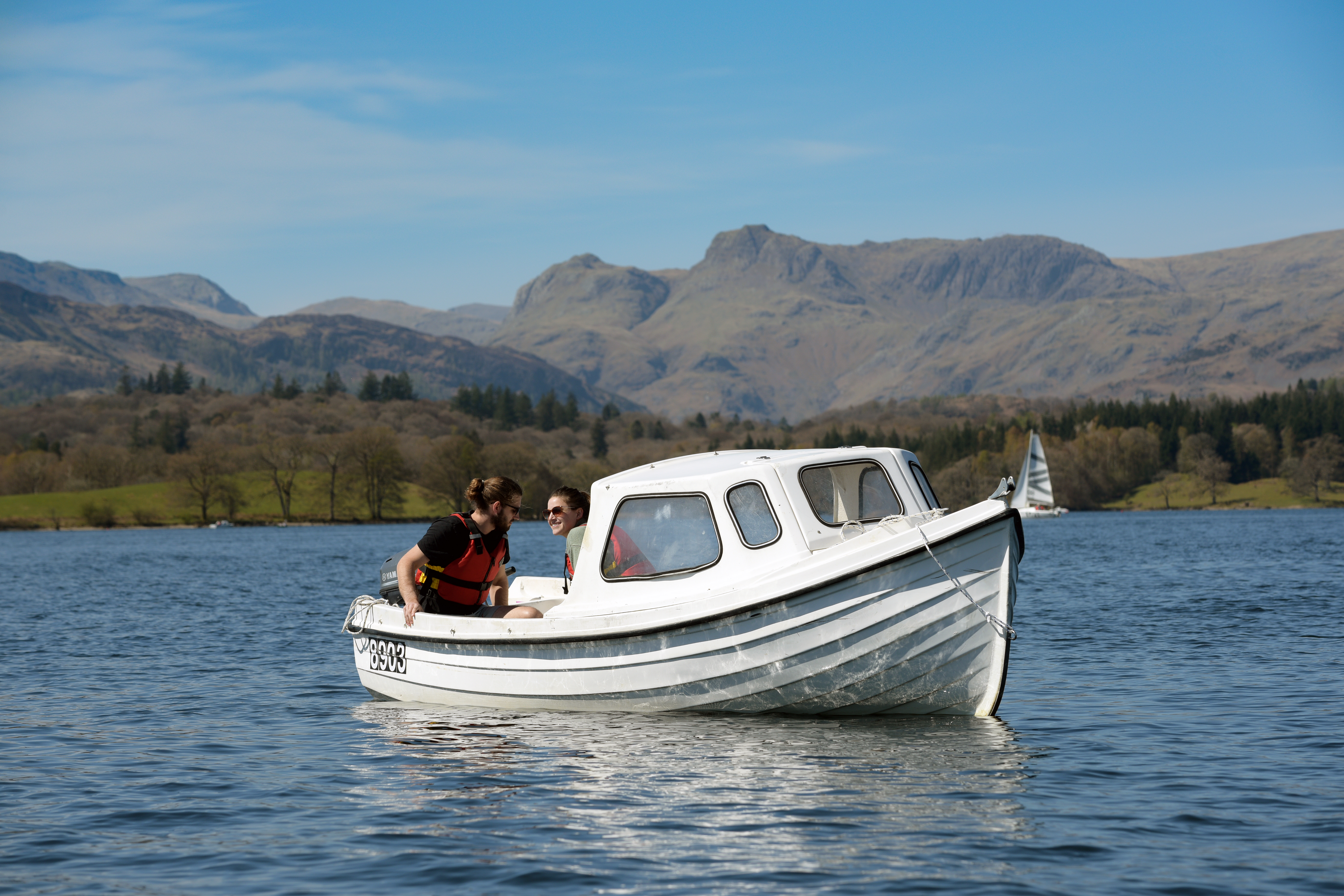
Powered boats on Windermere, in use, moored, for private use or business need a current Windermere Registration, including boats with outboard or electric motors or other mechanical means of propulsion.
Boat hire
The following four lakes all have watersport centres, and places where you can hire boats, including rowing boats and electric boats:
- Windermere boat hire, trips and activities on the water around Windermere
- Coniston boat hire and water activities on Coniston water
- Ullswater boat hire and trips on Ullswater
- Derwentwater boat hire, trips and activities on the water around Derwentwater
- Charters - Horizon Boats on Lake Windermere
Steamers and boat cruises
Combining a one-way cruise with a bus, walk or cycle can be a great way to travel around a lake in one day. The following four lakes have passenger boats with multiple stops.
Windermere:
- Windermere Lake Cruises (website) stop at Lakeside, Ferry House, Bowness-on-Windermere, Windermere Jetty, Bark Barn Pier, Wray Castle, Brockhole and Ambleside.
- Windermere Lake Guide (PDF) leaflet shows all piers, jetties and towns around the lake.
Ullswater:
- Ullswater Steamers (website) stops at Glenridding, Aira Force, Howtown, Pooley Bridge.
- Ullswater Lake Guide (PDF) shows all piers, jetties and boat routes.
Coniston:
- National Trust Gondoloa (website) stops at Coniston Boating Centre, Brantwood and Lake Bank Jetty.
- Coniston Launch (website) stops at Coniston Boating Centre, Waterhead, Brantwood, Sunny Bank, Lake Bank Jetty.
- Coniston Water lake guide (external site PDF) shows all piers, jetties and boat routes.
Derwentwater:
- Keswick Launch (website) stops at Keswick, Ashness Gate, Lodore, High Brandelhow, Low Brandelhow, Hawes End, Lingholm and Nichol End.
- Park and Sail (website) Park at Keswick Rugby Club for just £4 a day and get 15% off Keswick Launch tickets. The best way to reach the West side of the lake and Cat Bells, where there is very limited parking.
- Derwentwater lake guide (PDF) shows all piers and jetties.
Lake Maps for water users
- Windermere Lake Guide
- Ullswater Map
- Coniston Map
- Bassenthwaite Map
- Derwentwater Map
- Access to our Lakes - what to do where
Lake District coast
Our National Park includes 26 miles of coastline and estuaries. The coast, from Seascale to Millom, is quite different to the rest of the National Park. Here you can enjoy dramatic views across open sea and into the high fells. Where the rivers of the western Lake District meet the sea there are dunes and estuaries rich with sea life and the birds which feed on it. There are lots of places where you can launch anything from a windsurfer to a small boat. Find out more in Coast of the Lake District National Park (PDF).
Boating Safety
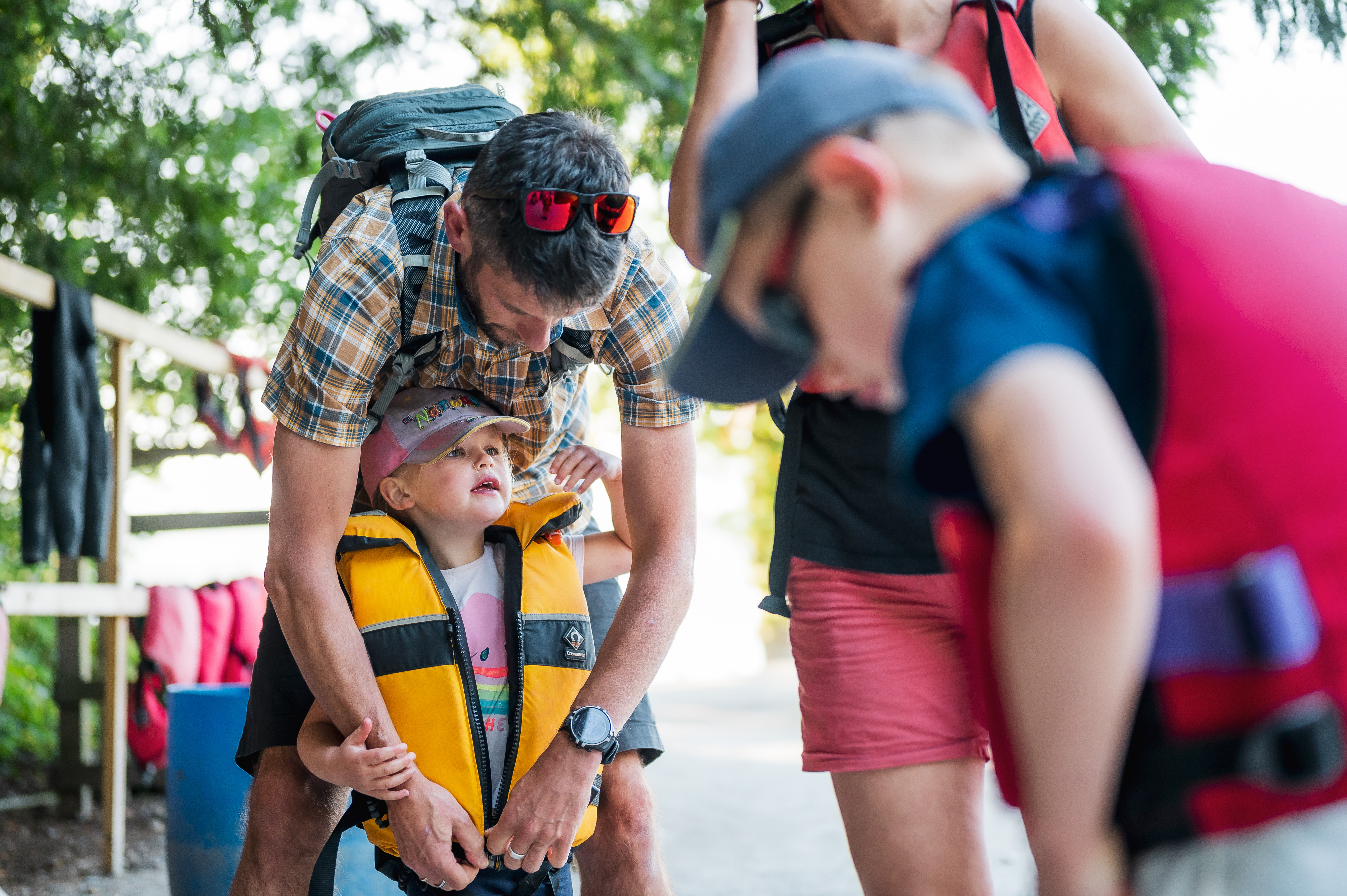
Read on to discover safety tips for all boat users in the Lake District so you can enjoy your boating experience safely. Our Lake Rangers are here to keep everyone safe and happy on the water and the advice videos below will help you make the most of your adventure.
Safety tips for all boat users
Powered boats
- If you're in charge of a boat, ensure you keep to the speed limit
- Ensure you are aware of the lake byelaws
- If your boat has an engine, it's classed as powered and power gives way to sail
- All vessels should give way to commercial pleasure craft
- Powered craft must be registered for use on Windamere
- Kill cords can save lives - clip it to kill it
All boats
- Make sure your life jacket or buoyancy aid is 'CE Approved'
- Wear your life jacket when you’re near or on the water
- Fit a carbon monoxide and smoke detector to your boat - it could save a life
All boats, canoes, kayaks and paddleboards
- Wind direction can change suddenly, be prepared, it can make paddling much harder
- Look out for large boats turning, they need plenty of room!
- Always pass two ferry lengths to the rear of the car ferry
- Canoe, kayak/paddleboard with someone else or hire a guide, stay close to shore
Keep clear of swimmers
- Watch out for blue and white flags, swimmers and divers are in the water and can be hard to spot.
- Keep as far away from swimmers and their support boats as possible.
- Remember boats supporting swimmers can not move out of your way.
- In an emergency, if you do get too close to a swimmer, turn off your engine to stop injury from propellers.
See our Swimming page for details which lakes are best to swim in, our Swimming safety page for how to stay safe in cold water and around other lake users and our Lakes Activities Guide on where people can swim in our main lakes.
Our Lake Rangers are here to keep everyone safe and happy on the water. Their advice videos will help you make the most of your experience.
Carbon monoxide safety on boats
If you have your own boat please make sure that you have installed a carbon monoxide detector. These can be bought from Ferry Nab or any hardware store.
Kill cords on boats
If you are driving a boat that is fitted with a motor please make sure you are wearing a kill cord at all times. Our Lake Ranger explains how to wear one appropriately.
Life jacket checks
Life jackets should be worn during any water sport activity. Make sure you know how to care for yours. Life jackets should be worn during any water sport activity. Make sure you know how to care for yours.
Boat Safe Code
Be aware
Swimmers are not obvious in the water
- Keep a look out. Swimmers can be very difficult to see, especially when there are waves, sun glare or they do not have the means to make themselves more visible.
- If you see an alpha flag it tells you that there is a swimmer or diver in the water.
- Swimmers and other lake users may be in any area of the lake, any time of day or night.
- Make yourself aware of the lake byelaws for the National Park's lakes.
- If you are using a powerboat, make sure you have had suitable training.
- Know your lake.
Avoid
Take early action, keep well clear
- Keep as far away from swimmers and their support boats as possible.
- Remember boats supporting swimmers can not move out of your way.
- Your wash can put swimmers and other lake users into serious difficulty.
- Slow down and keep a safe distance.
Turn off engine
Kill the engine, protect the swimmer!
- Always wear a kill cord and ensure it is attached to the driver and the boat. More info on the RYA Kill Cord web page (RYA website opens in new window)
- In an emergency, if you do get too close to a swimmer, turn off your engine to stop injury from propellers.
In an emergency
Call 999 and ask for the coastguard.
Summary leaflets and posters
Check out our handy guides on www.swimsafelakes.co.uk
Helping our wildlife
During the warmer weather, blue green algae may occur on some waters. While this occurs naturally, it can be toxic and lethal to animals. Our guide to blue green algae explains what to look out for and how to report a sighting.
Invasive non-native species of wildlife can hitchhike on equipment, footwear, clothing and boats. You may inadvertently spread the aliens even if you just go for a paddle! Every time you leave any water such as a river, tarn or lake:
Check - Clean - Dry
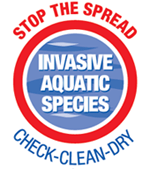
- Check your equipment and clothing for living organisms. Pay particular attention to damp or hard to inspect areas.
- Clean and wash all equipment, footwear and clothes thoroughly. If you do come across any organisms, leave them at the water body where you found them or on a hard surface to die out.
- Dry all equipment and clothing. Some species can live for many days in damp conditions.
Top tips on where to swim in the Lake District, how to keep safe and how to deal with cold water when wild swimming

